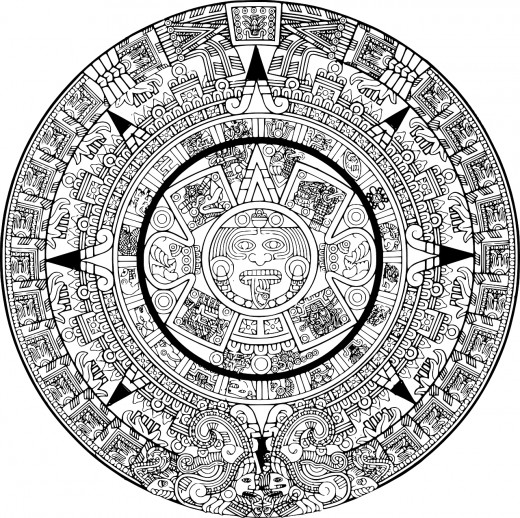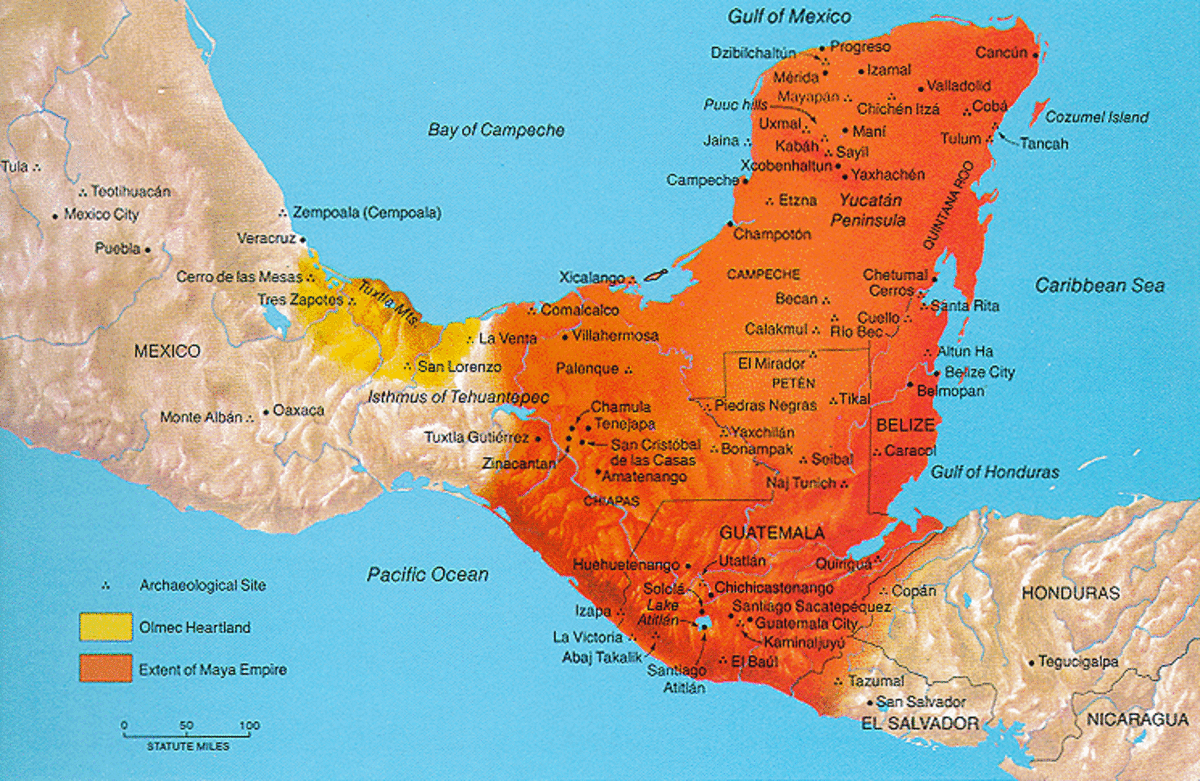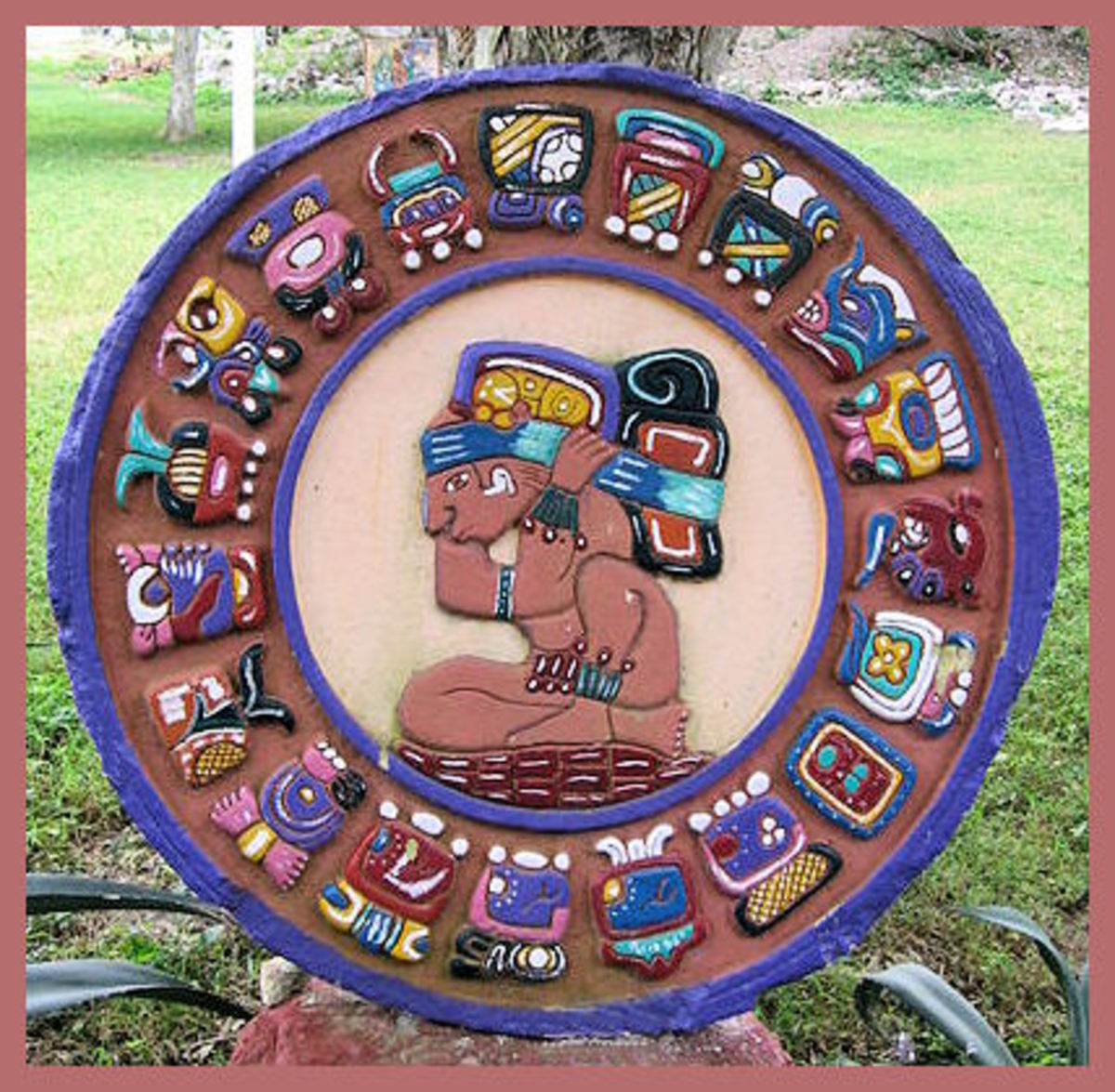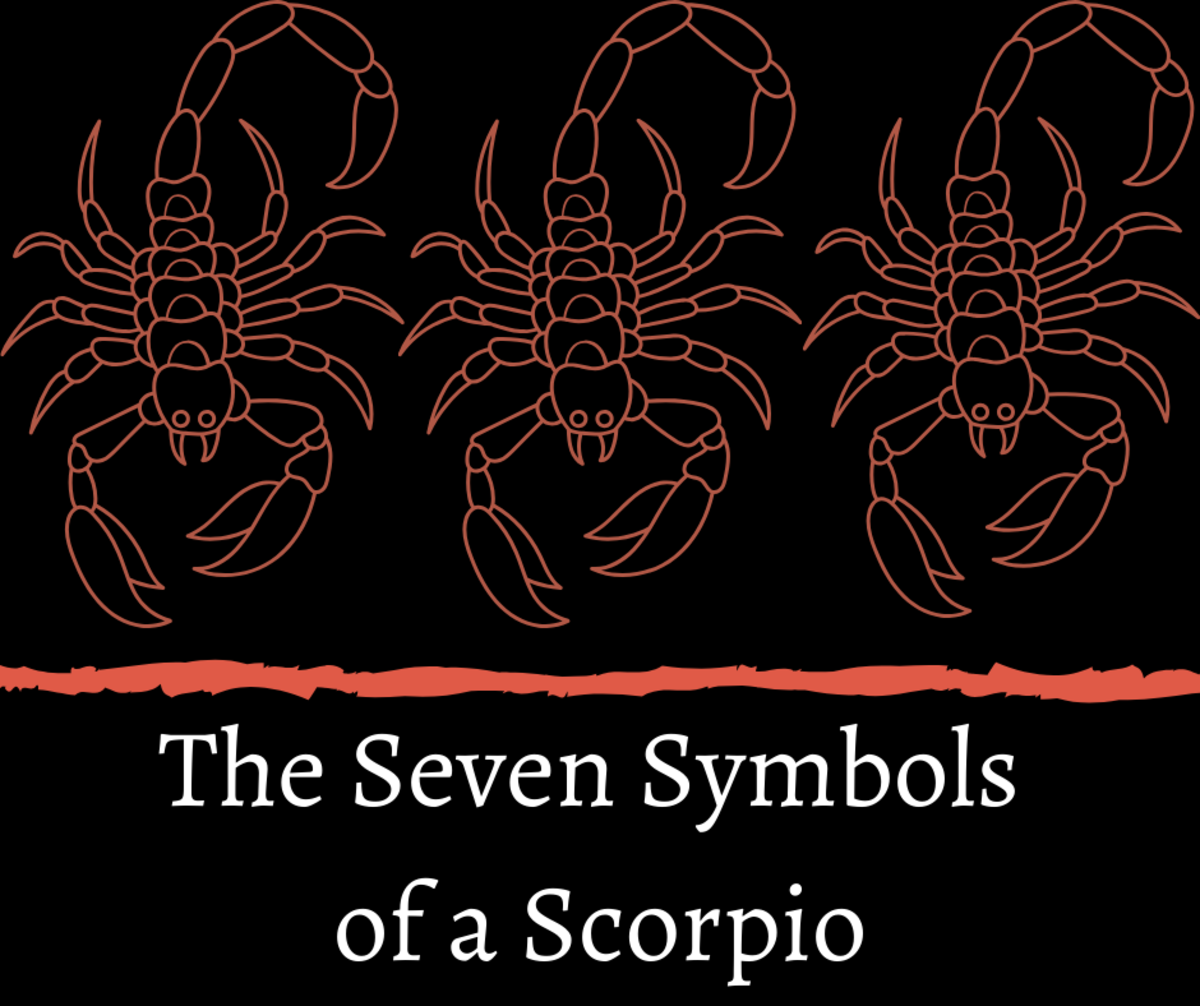Mayan Prophecy of 2012

The world had waited for the 21st of December 2012 with much dread and jubilations. Those who believed that the Mayan prophecy predicted the end of times were anxious and those who rejected any notion about a doomsday looming large had nothing to be anxious about and could only celebrate the long Christmas holiday. Irrespective of whether someone believed in the true Mayan prophecy of 2012, everyone waited with abated breath, just to see what happens.
Experts of Mesoamerican culture and those who have a thorough understanding of ancient civilizations like the Mayans have reiterated in a unified voice that there is actually no prophecy made by the Mayans and no Mayan scripture or anything even remotely indicates the end of the world or a doomsday on 21st December 2012.
The popular perceptions had been that the Mayan prophecy of 2012 marks the end of the world because the long count calendar of the Mayans ends on that day. The perceived Mayan prophecy went onto illustrate that there may be a cosmic event. There may be a solar flare up which would annihilate the world, a planet, apparently Nibiru, would clash with Earth or there may be a black hole catastrophe that would engulf the world and all life on it. Many other doomsday endorsers have had their own illustrations and depictions of what had been popularly coined as Mayan prophecy of 2012.
In reality, there was no Mayan prophecy. The Mayans didn’t say anything about the end of the world. It was just perceptions developed by some people, which caught on because of no rhyme or reason. The reality is that the long count Mayan calendar ended on 21st December 2012 marking the end of a period which is known as the 13th Bak’tun. Mayans had several long periods in their long count calendar which dates back to 3114 B.C. and ends in 2012, running for about 5125 years.
The 13th Bak’tun is simply a 400 year period that ended which is not very different from the years, solstices and other solar or lunar cycles we have on the Gregorian calendars or the rabbit year and the year of the rooster in China.
Many had questioned why the calendar stopped and didn’t go on for further Bak’tun periods. There are two arguments to satiate that, of which one is widely accepted that the calendar simply restarts, as is the case with Yugas in Hinduism where four Yugas finish only to get repeated.








